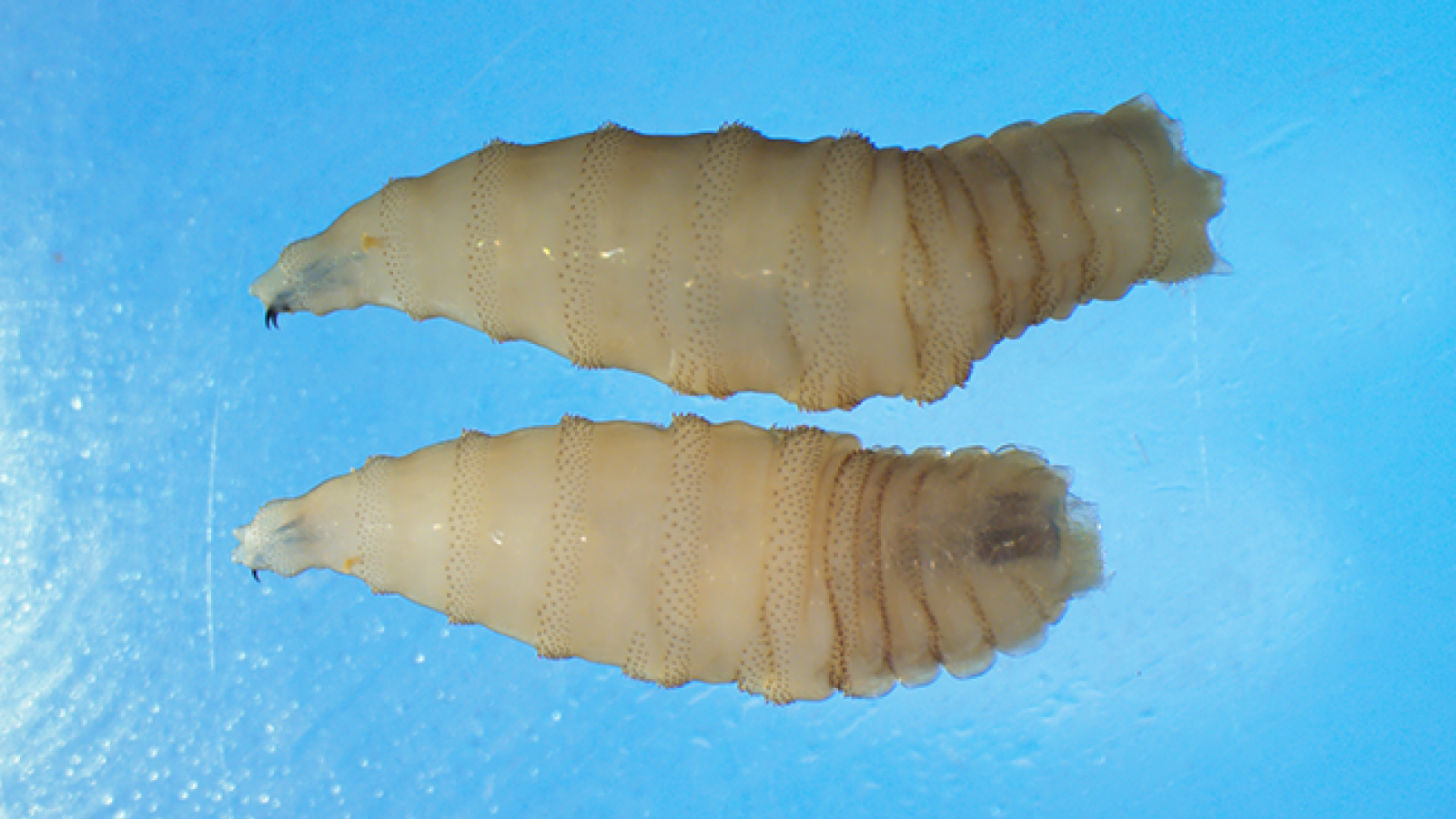A person in Maryland has been confirmed to have an infection with the flesh-eating New World screwworm parasite — the first human case of the infection in the United States since the parasite was eradicated in the U.S. over 60 years ago, according to the U.S. Department of Health and Human Services (HHS).
The Maryland patient had returned to the U.States. after traveling to El Salvador, HHS spokesperson Andrew G. Nixon told Reuters in an email, and the Centers for Disease Control and Prevention (CDC) confirmed the infection with the New World screwworm (Cochliomyia hominivorax) via images of the larvae on Aug. 4, according to Axios.
“This is the first human case of travel-associated New World screwworm myiasis (parasitic infestation of fly larvae) from an outbreak-affected country identified in the United States,” Nixon said in an emailed statement to Axios. However, “the risk to public health in the United States from this introduction is very low,” he added.
C. hominivorax is a species of parasitic fly that lays eggs inside the open wounds, eyes, noses or mouths of warm-blooded animals. Female screwworm flies can lay up to 300 eggs at a time. When the eggs hatch, screwworm larvae use their sharp mouths to burrow into the host’s flesh, which causes a painful infestation called myiasis.
New World screwworms primarily affect cattle and other livestock, but they can also cause infestations in humans. An infestation can be fatal if left untreated, but a doctor can usually treat myiasis by removing the larvae. People who work with livestock, have weakened immune systems, open wounds, or who sleep outdoors are most at risk for developing an infection, according to the CDC. But because screwworm is an insect and not a virus, it’s not contagious, Max Scott, a professor of entomology and plant pathology at North Carolina State University, told NPR.
The New World screwworm is endemic to South America and the Caribbean, and it isn’t typically found in the U.S., according to the CDC. No cases of screwworm infestation have been found in U.S. animals so far. In the 1960s, the U.S. eradicated New World screwworms within the country by releasing male sterile screwworm flies into infested areas. The sterile flies mated with wild female flies, but the eggs didn’t hatch, which caused screwworm populations to decline.
Since 2023, screwworm populations have been increasing in Central America and slowly spreading northward. In November 2024, a screwworm infestation in Mexico prompted the U.S. to temporarily pause livestock imports at the southern border. Imports resumed in January, only to halt again in May. Ports are now reopening in stages, according to the U.S. Department of Agriculture, and a new sterile fly dispersal facility is being constructed in southern Texas.
